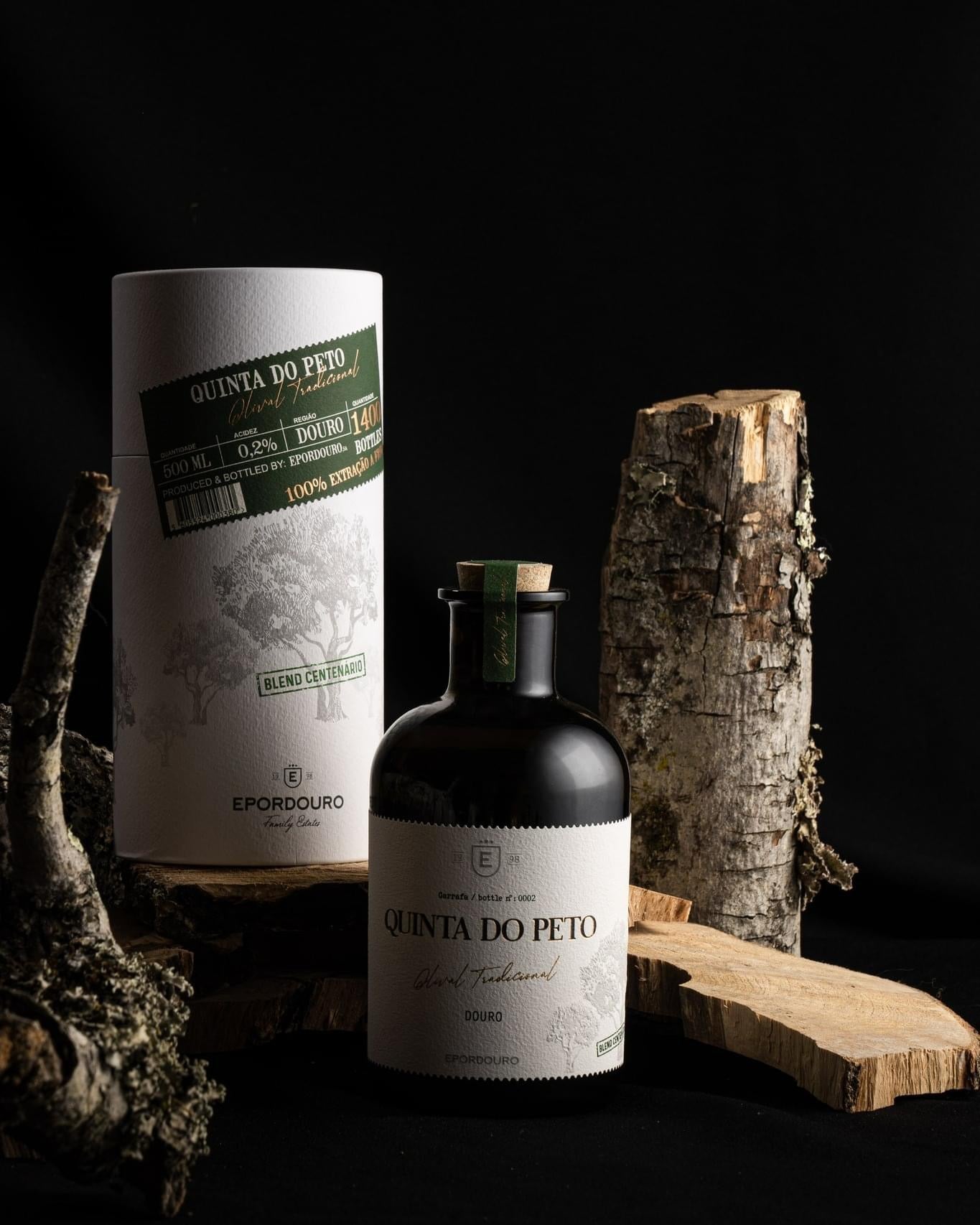Exploring Terroir: The Intriguing Influence of Grapes on the Art of Wine

Influence of grapes on production
The composition of the grape is fundamental to wine production, as it determines characteristics such as flavor, aroma, color and texture. Grapes contain water, sugars, acids, tannins, aromatic compounds, minerals and other elements. For example, sugar content determines a wine's alcohol potential, while acids affect balance and freshness. Tannins contribute to the structure and longevity of the wine. The characteristics of the soil, climate and cultivation techniques also influence the composition of the grape, and consequently, the wine produced.

The grape and its varieties
There are thousands of grape varieties around the world, but some are more common in wine production than others. Varieties such as Cabernet Sauvignon, Merlot, Chardonnay and Pinot Noir are widely known and grown in many wine regions. However, each wine region may have its own indigenous varieties, which are adapted to the specific climate and soil of that area. In all, there is an incredible diversity of grapes, each contributing their unique characteristics to wine production. In Portugal alone, it is possible to find +250 indigenous varieties.

White or Red?
There is a great diversity of both, but historically it has been more common to find a greater variety of red grapes than white. This is partly due to the fact that many traditional wine regions focused on producing red wines. However, in recent decades there has been a significant increase in the interest and planting of white grape varieties, driven by the growing demand for high-quality white wines. Therefore, nowadays, it is possible to find a wide variety of both colors throughout the world, with a growing trend towards greater diversification of white grapes.



